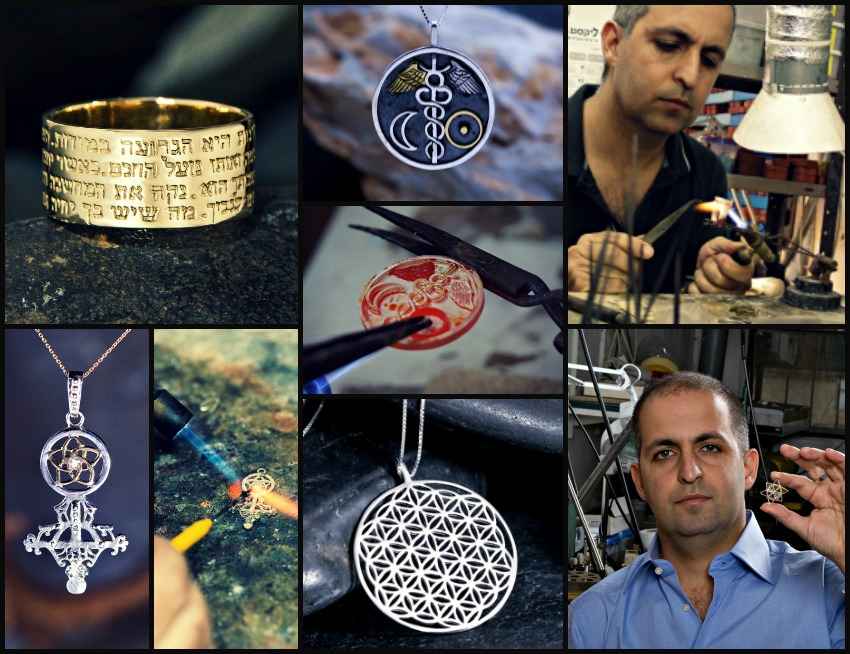
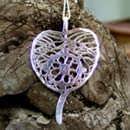 |
 |
 |
 |
Buddhist Jewelry by the artist David WeitzmanThe Dharma pendant and Inlaid Buddhi ring |
|||

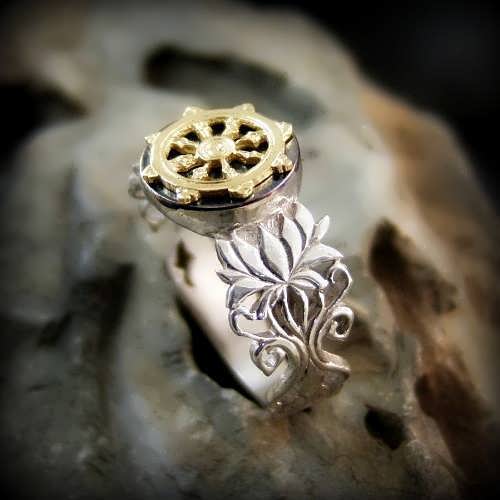
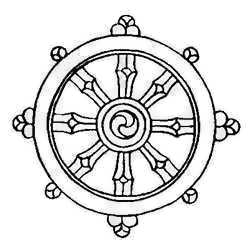
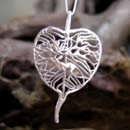 |
 |
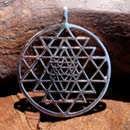 |
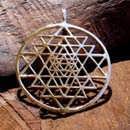 |
| Awakening
pendant |
Awakening pendant | Sri
Yantra Pendant |
Sri Yantra Pendant |
 |
 |
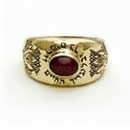 |
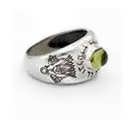 |
| Buddhi
Ring gold |
Buddhi
Ring Silver |
Lotus
Ring Gold |
Lotus
Ring Silver |
The jewelry artist David Weitzman combines ancient and sacred knowledge into a unique line of jewelry designed to bring people both beauty and inspiration. David's artwork harnesses the power of spiritual symbols and sacred geometry from around the world to bring those wearing this sacred jewelry happiness, vitality, excitement, and love.

» Be the first to know about NEW Designs.
» Explore behind-the-scenes stories and media from each creation.
» Exclusive sales and special offers.
Mailing Address: Flowers of Life Jewels LTD P.O. box 633 Ha-Lamed Hei St. Givataim 5310601 Israel
Your message was sent successfully!
We will be in touch as soon as possible.
Something went wrong, try refreshing and submitting the form again.
Ka Gold Jewelry Features David Weitzman Spiritual Jewelry Artwork.
David's Jewelry harness the power of spiritual symbols and sacred geometry to bring those wearing them happiness, vitality, excitement and love. We invite you to join us on a journey full of Harmony, Beauty, ancient wisdom and symbolism.
